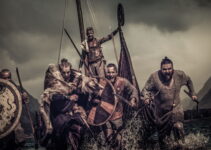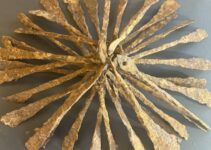Recent linguistic and genetic evidence has challenged what we thought we knew about the Viking history of the Scottish island, Islay.
A landscape characterised by peat bogs, lochs, sandy beaches, and rolling hills, Islay captivates all who visit with its wild, scenic charm. More than its natural allure, Islay is renowned for its thriving Gaelic culture and its legacy of world-famous whisky distilleries, which have become an integral part of the island's identity.
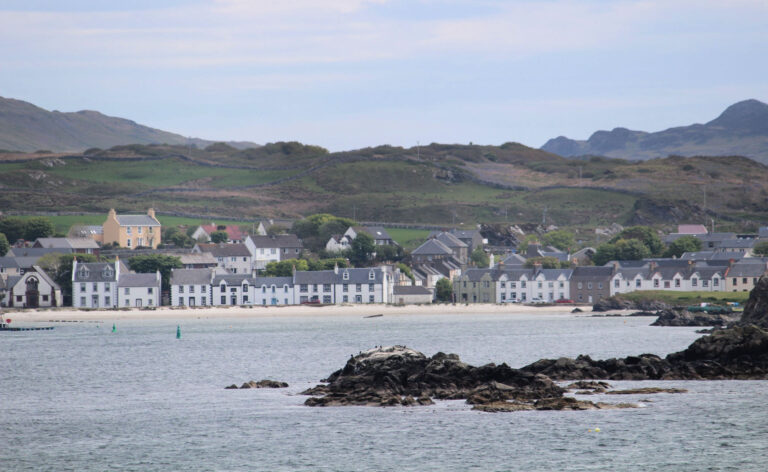
Speaking of identity, Islay is a place where a sense of belonging stretches back through countless generations. Long-time inhabitants are deeply proud of their heritage.
Yet, recent discoveries have sparked a reevaluation of the island's history. We now know more about the ancestry of Islay, but also about the history of the Viking Age in general.
Vikings' arrival in Islay
Mairead Mackechnie, treasurer of Finlaggan Trust and a native Gaelic speaker, offered an insight into the island's past in a BBC interview.
The Vikings, she explained, with their advanced naval technology, likely found it easy to conquer Islay.
The island, centrally located within the ancient Kingdom of Dál Riata, which encompassed Northern Ulster and present-day Argylshire, was significant for strategic conquest. Its easy navigability with its sea lochs perfect for longboats made it an attractive target for these skilled seafarers.
The indigenous inhabitants, predominantly farmers and fisherfolk, likely met a grim fate.
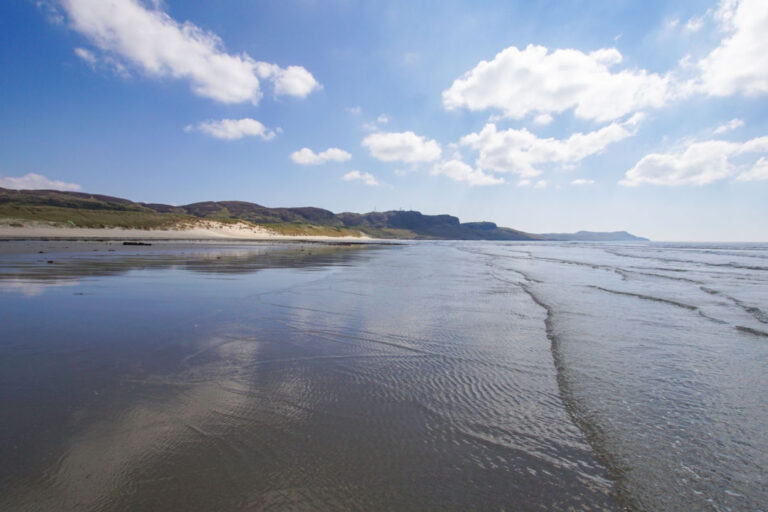
Mackechnie suggested that a massacre would have been a logical move for the Viking conquerors to prevent future resentments and uprisings. In essence, this was a clash of trained warriors against civilians, an uneven fight.
The Vikings stayed
Interestingly, the Vikings didn't merely conquer; they stayed, becoming ‘Gaelicised' over time, essentially taking on the Celtic way of life.
DNA Tests: Discover the truth about your ancestry with these modern DNA tests, available worldwide.
This challenges the previously held belief that the Viking influence on Islay was transient. Rather than the anticipated assimilation into Celtic society, it seems the Vikings instead absorbed the Celtic culture, a nuance that rewrites the island's history.
Old Norse influence on place names
Linguistic scholar Alan Macniven, a specialist in the Norse activities in Scotland, supported this claim. He discovered that place names across Islay reveal a strong Old Norse influence, including farms, major settlements, and even geographical features.
Names like ‘Glenegedale', ‘Cornabus', and ‘Conisby' all have clear origins in Old Norse. These names, Macniven explained, act as resilient markers of the landscape, surviving through oral traditions even as the Norse communities began to use Gaelic.
Genetic evidence
However, the most compelling evidence comes from the genetic heritage of Islay's descendants. Recent DNA tests have revealed a significant Norse ancestry.
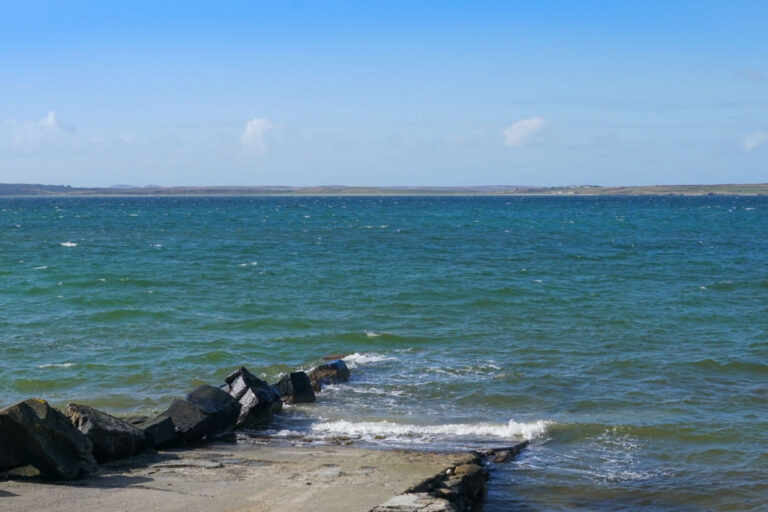
As Mackechnie shared, her son's DNA showed that 66% of his genetic material from her side is Norwegian, suggesting that their family, despite being Scottish and Gaelic-speaking for generations, has deep roots in Norway.
Such revelations have provoked a rethinking of the islanders' understanding of their Viking roots. While Norse may have only been spoken for a couple of centuries before Gaelic was reestablished, the resurgence of Gaelic was more about the resident Norse choosing to adopt Gaelic customs than a disappearing Viking lineage.
Islay's inhabitants, despite their Norse genetic heritage, continue to embrace Gaelic culture without resentment towards their Viking ancestors.
DNA Tests: Discover the truth about your ancestry with these modern DNA tests, available worldwide.
As Mackechnie noted, the Vikings, like many peoples across history, built empires through conquest and assimilation. However, unlike most, the Vikings on Islay didn't ‘hit and run' but chose to settle and create a lasting community, their influence visible even today.
Through Islay's story, we learn that the Vikings were more than conquerors; they were settlers who became part of the island's fabric.


